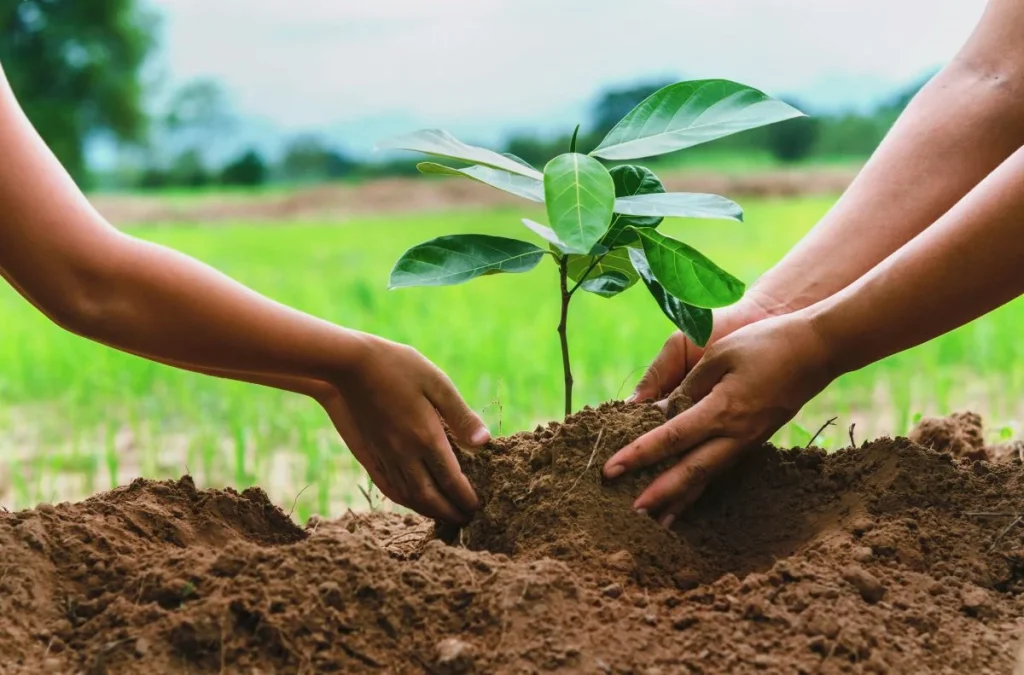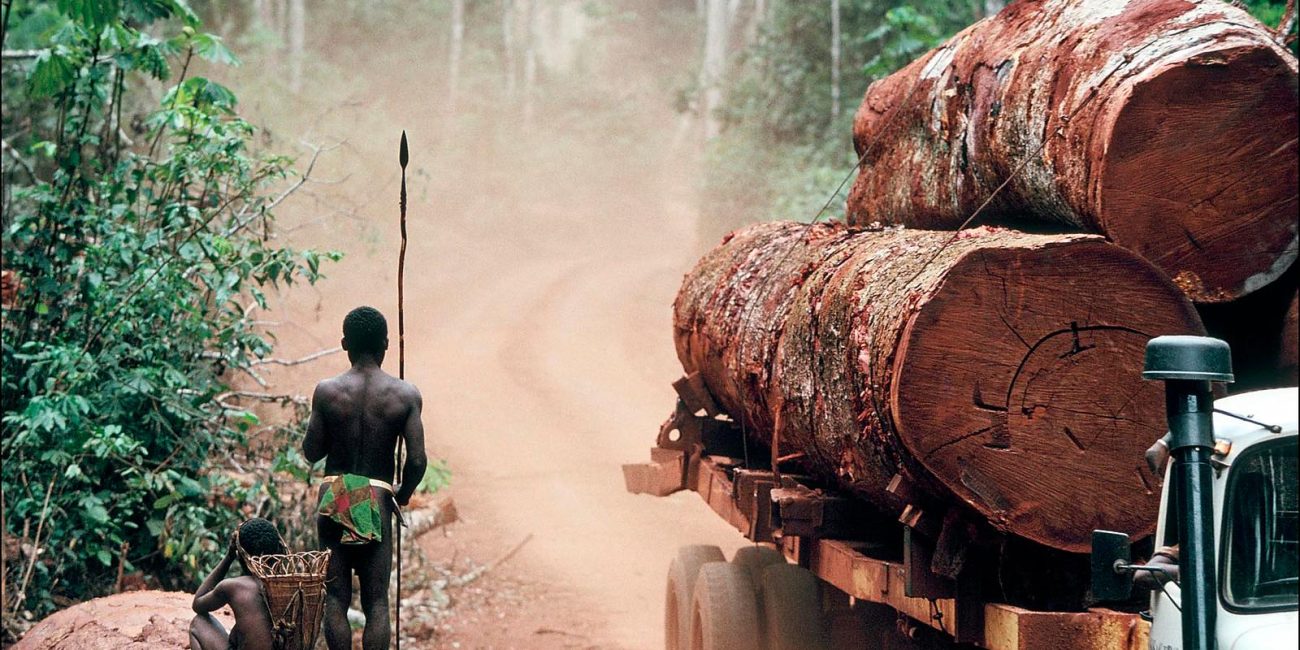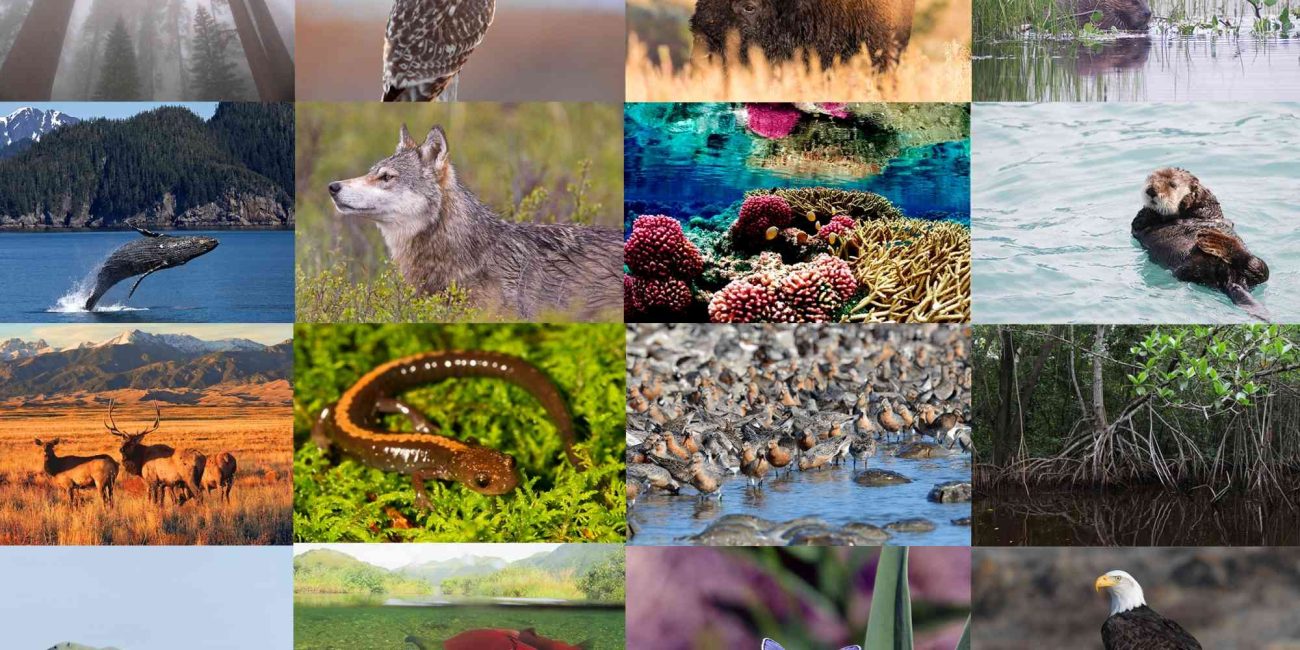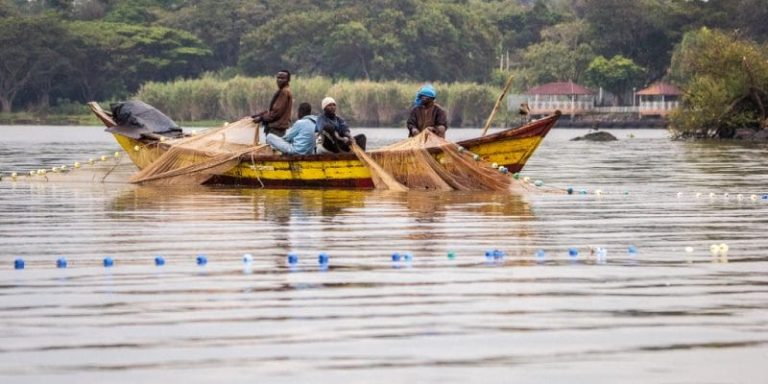Climate change is a long-term increase in the Earth’s average temperature, leading to a change in the entire climate system, often causing negative impacts on society, such as drought, flooding, increased carbon dioxide emissions, wetland losses and snowfall.
Climate change is one of the most significant challenges facing society and the world. Deforestation due to unsustainable forest harvesting, an increase in industrial activities worldwide, a decrease in snowfall, changing rainfall patterns, and floods and droughts in many communities worldwide have resulted in negative impacts of climate change.
To avoid the impacts caused by climate change, environmental experts worldwide and even the country advise that one way is to plant abundant trees in our communities to save the lives of other living beings and humans.
In addition to the many benefits, trees protect water sources, absorb rain, provide habitat for various living organisms, and provide wood energy, charcoal, and wood. Trees also help absorb and store carbon dioxide that humans produce due to their various activities.
The effects of carbon dioxide include the depletion of the ozone layer and the penetration of solar solid rays on the Earth’s surface, causing an increase in temperature and the drying out of plants, drought and even disease.
Planting trees and preserving forests are two of the most critical steps in dealing with the problem of drought in many sub-Saharan countries, including Tanzania, and countries that have already started and put in place effective strategies through the Institute that manages the environment. These continue to plant trees across the country, starting from educational institutes, the army, religion and others.
The World Resources Institute states that forests absorb about twice as much carbon dioxide as they emit between 2001 and 2019, providing a “carbon sink” that absorbs a net 7.6 billion metric tonnes of CO2 annually. Additionally, the FAO’s Global Forest Resource Assessment 2020 mentions that plantation forests cover about 131 million hectares, 3% of the global forest area and 45% of the total planted forest area. Industrial wood can produce sustainable forest products to support the global transition to a sustainable economic environment.
Here in Tanzania, the government says planting and harvesting trees in 185,000 hectares, equivalent to 2.2 million trees per year for 17 consecutive years, is necessary to restore forests lost for various reasons.
According to the country’s third environmental report for 2019, around 469,420 hectares of forest are lost yearly. Cooking relies heavily on wood and charcoal. Other reasons for the loss of these forests include agriculture and nomadic livestock farming, indiscriminate burning and illegal logging of forests.
Also, read How the World Owes Tanzania to Keep Eastern Arc Mountains & Forests Standing.
Without batting an eyelid, various early measures should be taken to deal with climate change, such as accelerating tree planting and protecting the environment.
Tanzania and other countries worldwide have worked hard through governmental and non-governmental campaigns to plant trees in various areas, especially health facilities and schools.
Despite the efforts made, we believe that in the future it will reduce the impact of climate change for years, we are kidding ourselves.
Why Do I Say We’re Fooling Ourselves?
Choosing tree species: Planting trees requires selecting the suitable species depending on the location. Some trees may successfully germinate and grow well in areas with a particular soil type or climate, while others may not thrive. For example, native trees can withstand the local environment better than exotic trees. Failure to identify the type of trees to be planted in particular areas results in losses as the trees dry out.
Trees need enough water to grow well. If there is no proper irrigation system for planted trees or if there is a drought, the trees may not thrive. It is essential to have plans to ensure adequate water is available to trees. For example, the trees planted through these campaigns in educational and health facilities are primarily faced with the challenge of lack of water or under-watering, leading to the trees’ desiccation.
Protection from insects and animals: Insects and animals destroy the planted trees. They may stop growing without strategies to control insects or protect trees from animals. Therefore, it is crucial to conduct regular patrols to detect and prevent damage from insects and animals.
The trees need regular maintenance after planting them as part of these campaigns. Weeding, watering, and keeping trees clear of weeds and bushes can help trees thrive. Unfortunately, many trees are planted in campaigns and then forgotten, so they do not receive the care they deserve.
Tree planting campaigns should be accompanied by community education. Citizens need to understand the importance of trees and how to protect them so they can thrive. To ensure that trees grow well, it is vital to raise community awareness about the importance of trees and provide tree care training.
What Should Be Done?
Given that the climate crisis continues to pose a real challenge for people, it is essential to reduce the increase in global temperature to 1.5°C over the next few years. The following options can be taken to address this challenge and ensure that trees grow well:
Selecting the suitable tree species: Planting the right trees for the area is essential. Each tree species has different requirements for soil, climate and environment. Therefore, detailed research and selecting trees that suit the area’s environment is crucial.
Better land preparation: Before planting trees, land should be appropriately prepared. This may include digging sufficient holes, removing weeds, and improving the soil by adding fertilizers or other nutrients. It is essential to ensure the roots can easily penetrate and absorb nutrients.
Best tree care: After planting, trees require regular maintenance. Providing adequate irrigation, protection from pests and diseases, and weeding is essential. An irrigation system may be the best solution for trees planted in large areas.
Educating farmers, communities and other stakeholders about the importance of tree care is essential. Education can take place through seminars, conferences and awareness campaigns. Encouraging the community to participate in planting and caring for trees can raise awareness and create a culture of environmental protection.
By considering these methods, we can improve the success of tree planting campaigns’ success, ensure trees grow well and contribute to environmental protection.




